 Hub Vilnius joined over 30 other coworking centers from across Europe for the first coworking Jelly week. Come to Hub Vilnius on the 21st of January for Jelly there.
Hub Vilnius joined over 30 other coworking centers from across Europe for the first coworking Jelly week. Come to Hub Vilnius on the 21st of January for Jelly there.
Jellies are occasional meetings at which a small group of people come together to collaborate in an informal atmosphere. Unlike coworking spaces, no membership is required, they cost nothing and take place in a variety of locations. They offer the opportunity to exchange ideas, with no commitments or costs. And at the same time, they allow a community to build that can eventually lead to the development of an institution like a coworking space. With these two benefits in mind, Anni Roolf, a communication designer from Wuppertal, has organized the first European Jelly Week. It will take place from January 17 to 23 in many cities across Europe.


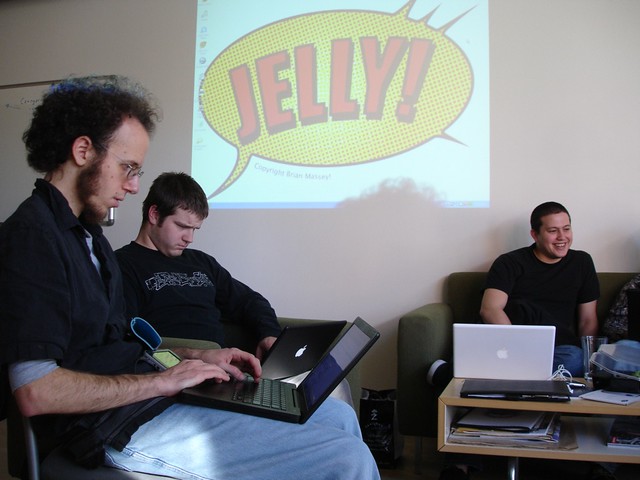
- Jelly coworking in San Diego by Mokolabs
The name “jelly” was chosen by a group in New York in 2006, taking inspiration from jelly beans. In the end it is simply a fun name, one which is yet to surface in Wikipedia. “These meetings are probably too unstructured and not organized enough for it. Many meetings in spontaneous locations could qualify as a jelly. But even so, somebody could have written an article about it on Wikipedia. The concept has existed now for five years, after all,” Anni said.
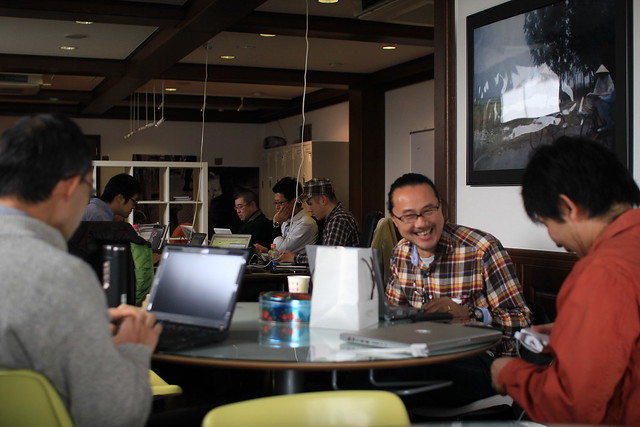
- Jelly at PAX Coworking Japan
“The coworking movement also existed before it had a name. Many people discovered the concept for themselves, without having to describe it in one word. However using a known label can allow people to better grasp the concept and help it to achieve greater awareness.”
As well as the first Jelly Week, Anni has also initiated the development of the first coworking space in her home town. Jelly meetings can act as a temporary coworking meeting, even if no fixed premises have yet been found. It also helps spread the coworking movement to new places.
The idea grew out of the Coworking Europe conference in Brussels at the end of 2010. Anni wanted to find a way to carry on the productive spirit of the conference, and to demonstrate “how fast things can be created, with few resources but many legs.”
Another reason is to help spread the word about the coworking movment and foster a pan-European dimension to encourage international exchanges and attract more media attention.
How each Jelly looks and functions is entirely up to the creativity and knowledge of each individual organiser. “We only create the basis, and it is up to the people to visualize what they can make from it.” For herself, Anni hopes to develop the initiative for a coworking space in Wuppertal, and to network with people in other locations.
So far, 30 organizations from 14 countries have signed up to host meetings, many of them coworking spaces. A central site will help all participating jelly meetings communicate with each other, as well as a Twitter wall using the hashtag #jellyweek. Jelly Week offers a good opportunity for the strengthening of the European coworking community. To participate, simply contact Anni.
Here is the map of coworking Jelly week:
http://maps.google.de/maps/ms?hl=de&ie=UTF8&msa=33&msid=214542866132762196409.00049642f3ada26d5bd18&abauth=f9f5b684:-oaP_knfllI6hCMyBBTuhkGzqig
Japanese coworkers has joined it as well:
http://www.flickr.com/photos/pfjk/sets/72157625832025260/detail/
from www.deskmag.com
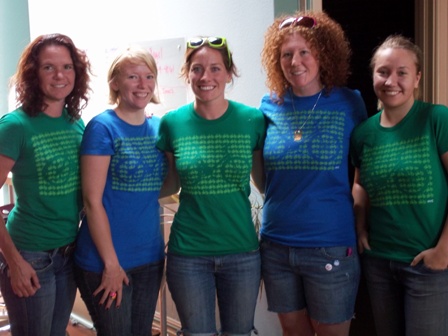



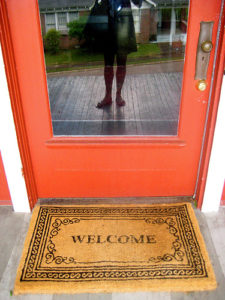
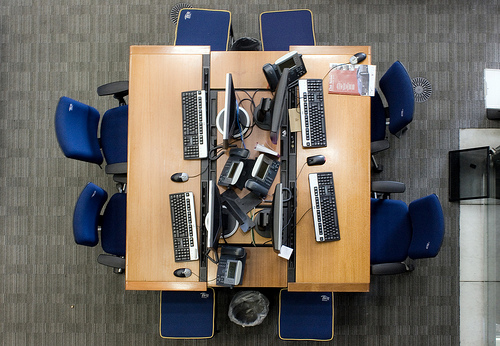
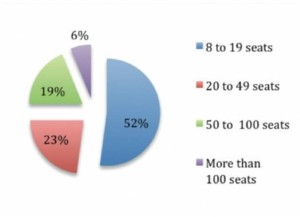
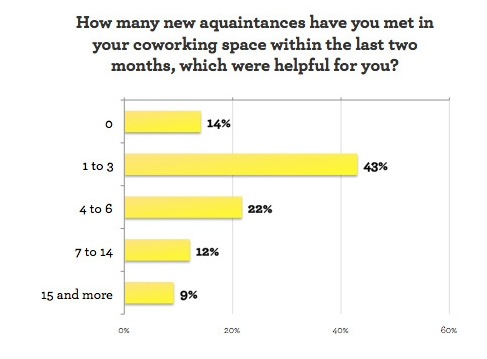








 Coworking for Android – by
Coworking for Android – by